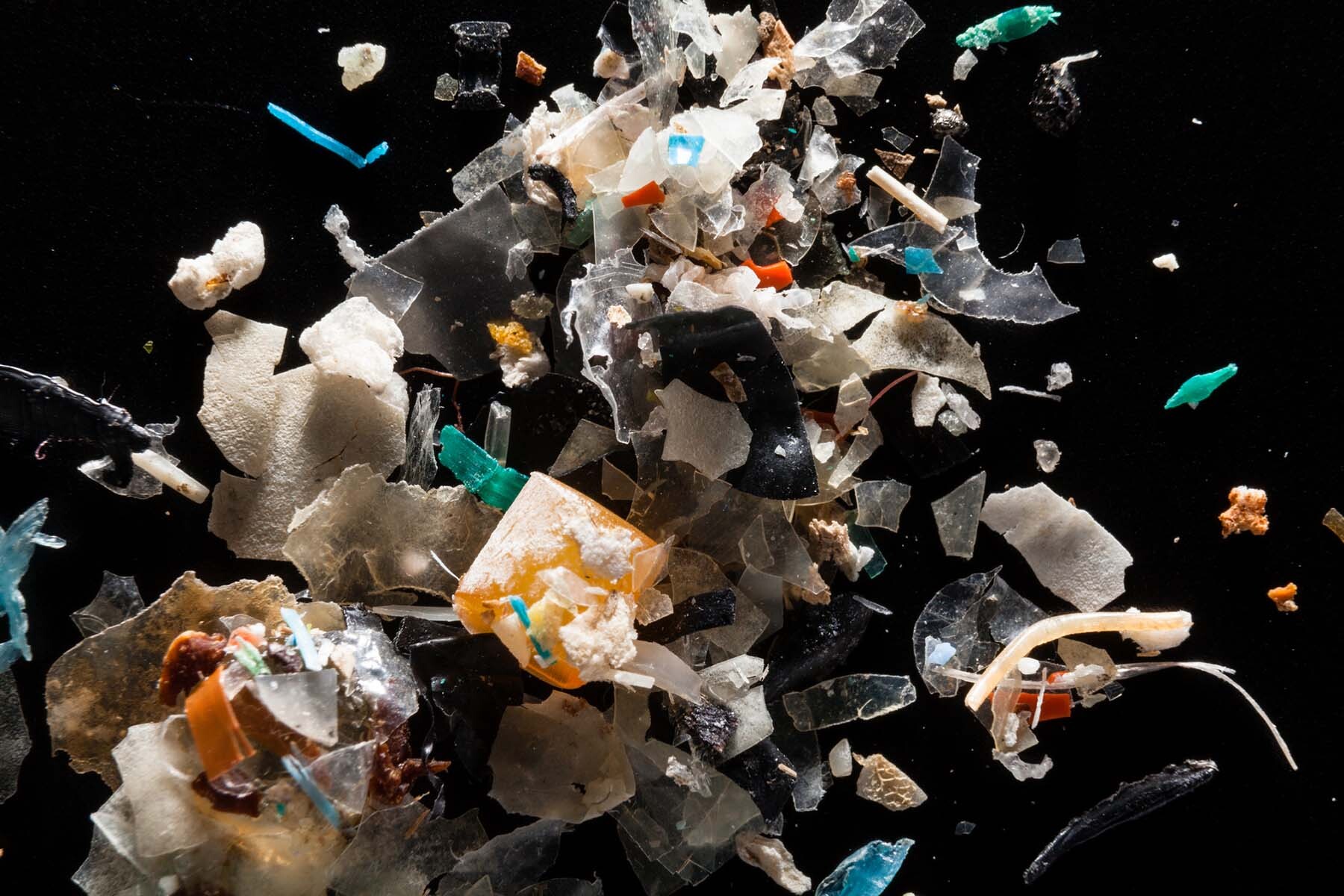Let me tell you something interesting about Chemical Bay—it’s not just some random term floating around. It’s a fascinating topic that dives deep into the world of chemistry, environmental science, and even industrial processes. If you’ve ever wondered what happens when chemicals meet nature or how these interactions shape our world, you’re in the right place. Today, we’re going to explore everything there is to know about Chemical Bay, from its origins to its impact on our lives.
Now, before we jump into the nitty-gritty, let’s set the stage. Chemical Bay isn’t just a buzzword; it’s a concept that touches on so many aspects of modern life. From industrial applications to environmental concerns, this term holds the key to understanding some of the most complex processes happening right under our noses. So buckle up because we’re about to take a ride through the world of chemicals, bays, and everything in between.
Before we get too far ahead of ourselves, let’s address the elephant in the room. Why should you care about Chemical Bay? Well, for starters, it’s one of those topics that affects everyone, whether you realize it or not. From the water you drink to the air you breathe, the effects of chemical interactions in natural environments are everywhere. And hey, who doesn’t want to sound smart at a dinner party by dropping a few facts about Chemical Bay?
- Zayla Goodwin The Rising Star Whos Turning Heads Worldwide
- Peanuts Characters Zodiac Signs Discover The Cosmic Connection Of Your Favorite Peanuts
What Exactly is Chemical Bay?
Alright, let’s break it down. Chemical Bay refers to the interaction between chemical compounds and natural water bodies, like bays, lakes, or rivers. Think of it as a meeting point where human activity collides with Mother Nature. This phenomenon isn’t just about chemicals being dumped into water—it’s about the complex reactions that occur when different substances mix and interact in an aquatic environment.
Here’s the kicker: Chemical Bay isn’t always bad. Sure, pollution and contamination are major concerns, but sometimes these interactions can lead to beneficial outcomes, like the creation of new ecosystems or the neutralization of harmful substances. It all depends on the context and the specific chemicals involved. So, is Chemical Bay friend or foe? Let’s find out.
How Chemical Bay Forms
Now, let’s talk about the formation of Chemical Bay. It’s not as simple as dumping chemicals into a body of water. The process involves a series of steps, including:
- Nicole Simpson Abuse Photos The Truth The Impact And What You Need To Know
- Solange Knowles Zodiac Exploring The Cosmic Side Of This Iconic Star
- Industrial discharge: Factories and manufacturing plants release chemicals into waterways.
- Agricultural runoff: Fertilizers and pesticides from farms make their way into rivers and bays.
- Urban waste: Cities contribute to Chemical Bay through sewage and stormwater runoff.
- Natural processes: Some chemical interactions occur naturally, without human intervention.
Each of these factors plays a role in shaping the chemical composition of a bay. It’s like a big puzzle, and every piece matters. Understanding how Chemical Bay forms is crucial for managing its effects on the environment.
The Environmental Impact of Chemical Bay
Let’s talk about the elephant in the room: the environmental impact of Chemical Bay. When chemicals enter a natural water body, they can have far-reaching consequences. Here are some of the most significant effects:
- Water pollution: Chemicals can contaminate water sources, making them unsafe for human consumption.
- Disruption of ecosystems: Aquatic life can be severely affected by changes in water chemistry.
- Soil degradation: Chemical runoff can lead to soil contamination, affecting plant growth and agriculture.
- Human health risks: Exposure to contaminated water can lead to serious health issues.
It’s not all doom and gloom, though. Scientists and environmentalists are working hard to mitigate the negative effects of Chemical Bay. Through research and innovation, they’re finding ways to clean up polluted waterways and restore balance to affected ecosystems.
Case Studies: Real-World Examples of Chemical Bay
To really understand Chemical Bay, let’s look at a few real-world examples:
Example 1: The Gulf of Mexico
The Gulf of Mexico is one of the most famous examples of Chemical Bay. Every year, agricultural runoff from the Mississippi River carries nutrients like nitrogen and phosphorus into the Gulf, creating massive algal blooms. These blooms deplete oxygen levels in the water, leading to what scientists call "dead zones." It’s a textbook example of how human activity can drastically alter natural ecosystems.
Example 2: Lake Erie
Lake Erie is another prime example of Chemical Bay in action. In recent years, the lake has experienced significant algal blooms, largely due to agricultural runoff and urban waste. These blooms have had a devastating impact on local wildlife and have even led to drinking water advisories in nearby communities.
The Science Behind Chemical Bay
Now, let’s get into the science of it all. What exactly happens when chemicals meet water? It’s a complex process that involves several key factors:
- Chemical reactions: When different substances mix, they can undergo chemical reactions that produce new compounds.
- Physical interactions: Some chemicals simply dissolve in water, while others form particles or precipitates.
- Biological effects: Aquatic organisms can be affected by changes in water chemistry, leading to shifts in the ecosystem.
Understanding the science behind Chemical Bay is essential for developing effective solutions. Scientists use advanced techniques, like water sampling and laboratory analysis, to study these interactions and predict their effects on the environment.
Key Players in Chemical Bay
Who are the key players in the world of Chemical Bay? Here are a few of the most important substances involved:
- Nitrogen: A major contributor to algal blooms and water pollution.
- Phosphorus: Another key player in nutrient pollution.
- Heavy metals: Substances like lead and mercury can have toxic effects on aquatic life.
- Pesticides: Chemicals used in agriculture can contaminate waterways.
Each of these substances plays a unique role in shaping the chemical composition of a bay. By understanding their behavior, scientists can develop strategies to mitigate their effects.
Managing Chemical Bay: Challenges and Solutions
Managing Chemical Bay is no easy task. There are several challenges to overcome, including:
- Regulatory hurdles: Governments and organizations must work together to establish effective regulations.
- Technological limitations: Cleaning up polluted waterways requires advanced technology and resources.
- Public awareness: Educating the public about the importance of protecting water resources is crucial.
Despite these challenges, there are some promising solutions on the horizon. Scientists are developing new technologies for water treatment and pollution control, and governments are implementing stricter regulations to protect natural resources.
Innovative Solutions for Chemical Bay
Let’s take a look at some of the most innovative solutions being developed to address Chemical Bay:
1. Advanced Water Treatment
New technologies, like nanofiltration and reverse osmosis, are being used to remove contaminants from water. These methods are highly effective but can be expensive to implement on a large scale.
2. Bioremediation
Bioremediation involves using microorganisms to break down harmful chemicals in water. This approach is cost-effective and environmentally friendly, making it a promising solution for managing Chemical Bay.
The Future of Chemical Bay
So, what does the future hold for Chemical Bay? As the world becomes more aware of the importance of protecting natural resources, we can expect to see significant changes in how we manage chemical interactions in water bodies. Here are a few trends to watch:
- Increased regulation: Governments are likely to implement stricter regulations on industrial discharge and agricultural runoff.
- Technological advancements: New technologies for water treatment and pollution control will continue to emerge.
- Public awareness: Education and outreach efforts will play a key role in reducing the impact of Chemical Bay.
While the challenges are significant, the future looks bright for managing Chemical Bay. With continued research and innovation, we can work towards a cleaner, healthier planet.
How You Can Help
So, what can you do to help manage Chemical Bay? Here are a few simple steps:
- Reduce chemical use: Use environmentally friendly products and avoid overusing fertilizers and pesticides.
- Proper disposal: Dispose of hazardous waste properly and avoid dumping chemicals into drains or waterways.
- Get involved: Support organizations working to protect water resources and advocate for stronger environmental regulations.
Every little bit helps, and by working together, we can make a difference in the fight against Chemical Bay.
Conclusion: The Importance of Understanding Chemical Bay
In conclusion, Chemical Bay is a complex and fascinating phenomenon that affects us all. From its formation to its impact on the environment, there’s so much to learn and understand. By studying Chemical Bay, we can develop effective solutions to protect our natural resources and ensure a sustainable future for generations to come.
So, what’s next? Take action! Share this article with your friends and family, and start a conversation about the importance of protecting our waterways. Together, we can make a difference and create a brighter future for everyone.
Table of Contents
- What Exactly is Chemical Bay?
- How Chemical Bay Forms
- The Environmental Impact of Chemical Bay
- Case Studies: Real-World Examples of Chemical Bay
- The Science Behind Chemical Bay
- Key Players in Chemical Bay
- Managing Chemical Bay: Challenges and Solutions
- Innovative Solutions for Chemical Bay
- The Future of Chemical Bay
- How You Can Help
- Bella Thorne Engagement Ring A Glittering Story Of Love And Style
- Mercury Conjunct Neptune Transit Unlocking The Mysteries Of Cosmic Alignment


